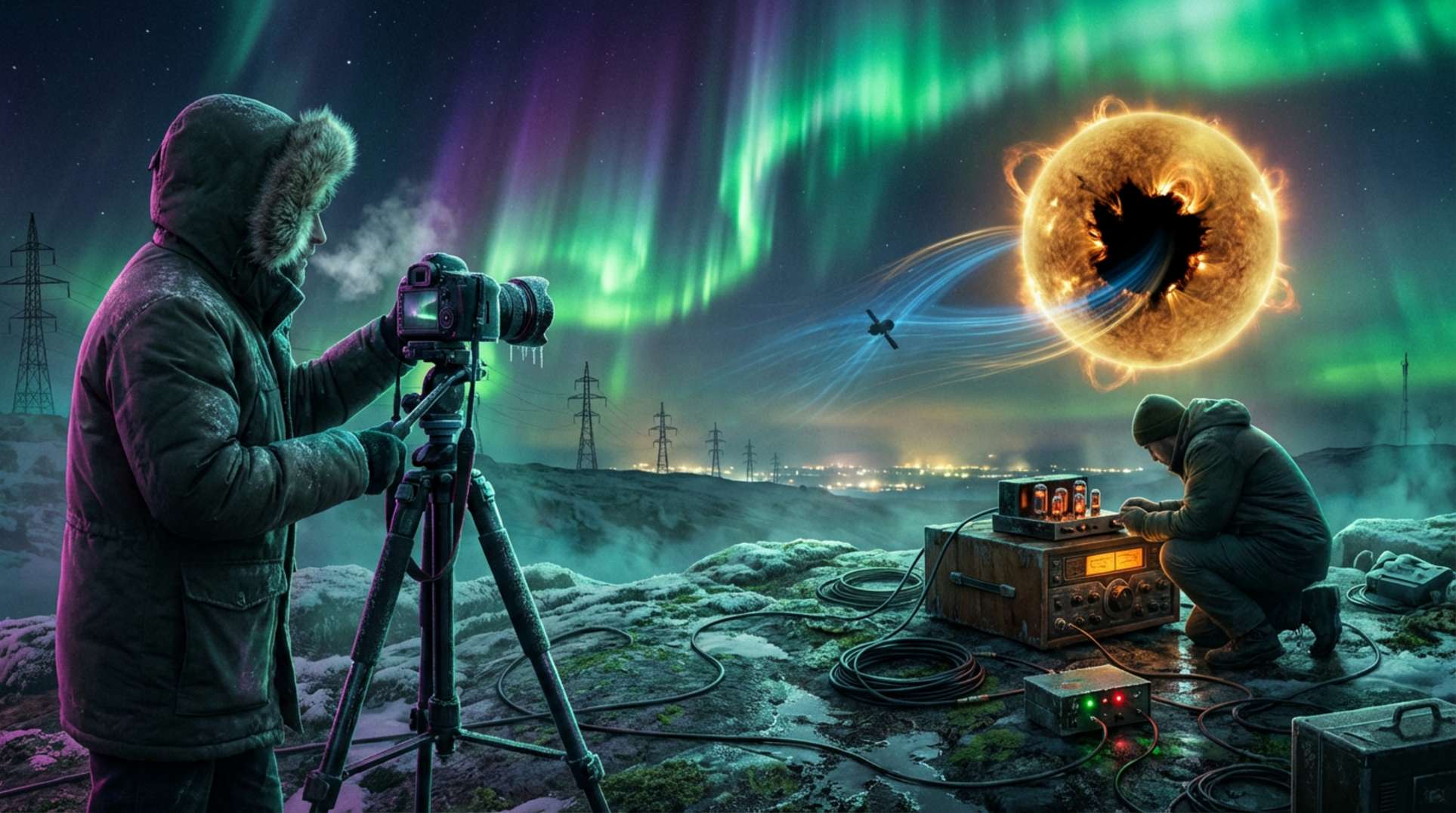The mystery of the human mind’s awakening is an intriguing saga. For nearly two million years, our ancestors roamed with melon-sized brains. Then, about 100,000 years ago, everything changed. Scientists have struggled to understand why this shift occurred. Was it fire? Tools? Social complexities? Terence McKenna introduced an audacious idea: the forbidden fungus hypothesis.
According to McKenna’s Stoned Ape Theory, adaptation or accident didn’t spark the neural revolution. Instead, an accidental encounter with psilocybin mushrooms, which thrived in animal dung on African grasslands, rewired our brains and jolted us into consciousness. Mushroom met monkey, and lightning met bottle.
Psilocybin and the Exploding Human Brain
Anthropologists and neuroscientists concur: The human brain nearly doubled in size in an astonishingly short period. Research from Big Think and timelines at Scientific American outline this trend, but conventional explanations—better diets, tool use, socialization—fail to account for the rapid growth. McKenna’s theory, often dismissed as speculative, claims psilocybin provided distinct advantages: enhanced hunting skills, increased sociability, and a surge in creativity and language. Recent research indicates that psilocybin disrupts and enhances key brain networks, suggesting that psychedelics might open new neural pathways—even if the leap to macro-evolutionary claims remains significant.
Nonetheless, brain plasticity is crucial. Recent breakthroughs in AI and neuroscience suggest that sudden increases in cognitive abilities often defy established norms. Could biological shocks—like psychedelics—have incited a similar leap for our ancestors?
The Science Behind Psychedelics and Brain Connectivity
Modern imaging and pharmacological studies are starting to illuminate what occurs when humans ingest psilocybin. In controlled NIH experiments (NIH explainer), psilocybin triggers significant shifts in functional connectivity across the brain’s cortex, thalamus, and hippocampus. Another Yale study demonstrated that one dose of psilocybin led to immediate and lasting increases in neural connections in mice. This finding serves as a promising indicator of how brains might rewire in response to novel substances.
Could these neural fireworks account for our ancestors’ creative renaissance? It seems improbable but remains possible. These discoveries also connect to the growing interest in how altered consciousness and spiritual experiences may have influenced early stories, rituals, and even the development of language—topics related to ancient language decoding efforts like this investigation. Evolution might indeed be stranger—and more mind-altering—than we previously believed.
McKenna’s Critics and the Shadow of Speculation
The scientific community, typically skeptical of mushroom-driven speculation, largely dismisses McKenna’s theory due to insufficient direct archaeological evidence and overinterpretations of animal studies (recent preprint). However, considering potential risks from sudden catastrophes—like warnings about global risks—can highlight if controversial theories possess kernels of truth. History shows rapid changes in storylines, power dynamics, or intelligence have previously occurred. Just because a theory appears strange doesn’t mean the phenomenon it explains wasn’t equally unusual. This reasoning resonates with the lore of Canada’s Caribou Man legend, where coincidence and causation form a greater puzzle than evidence can reveal.
Psychedelics continue to represent a significant research frontier. Over the last decade, respect has gradually returned to what was once deemed scientific heresy. Theorists now entertain unconventional cultural inputs—ranging from plant medicine to esoteric knowledge—as potential foundations of civilization. Who can predict what other taboo factors facilitated humanity’s greatest advancements, or which “forbidden” mushrooms still await discovery, guiding us toward—or away from—the next profound awakening?
Consciousness, Culture, and the Mushroom’s Legacy
Ultimately, the forbidden fungus theory extends beyond psilocybin. It encompasses the essence of paradigm shifts—those moments when consciousness undergoes a transformation. Modern humans remain captivated by these profound questions, paralleling recent inquiries into hidden planetary threats and societal tipping points, often warned about by the overly cautious.
Studies on psilocybin persist in exploring how brain networks can be encouraged or shocked into new configurations. This legacy may symbolize our evolution from mere survival to self-awareness, from eating to dreaming. Did fungi fuel that remarkable transformation? The scientific community remains cautious, but the existence of the question shows the depth of human curiosity and the openness of the field to “forbidden” findings.
For further exploration—from consciousness leaps to enigmatic natural warnings—visit Unexplained.co. If humanity’s next evolution lurks in the grass, ensure your defenses are up—against thoughts, and against fungus.





